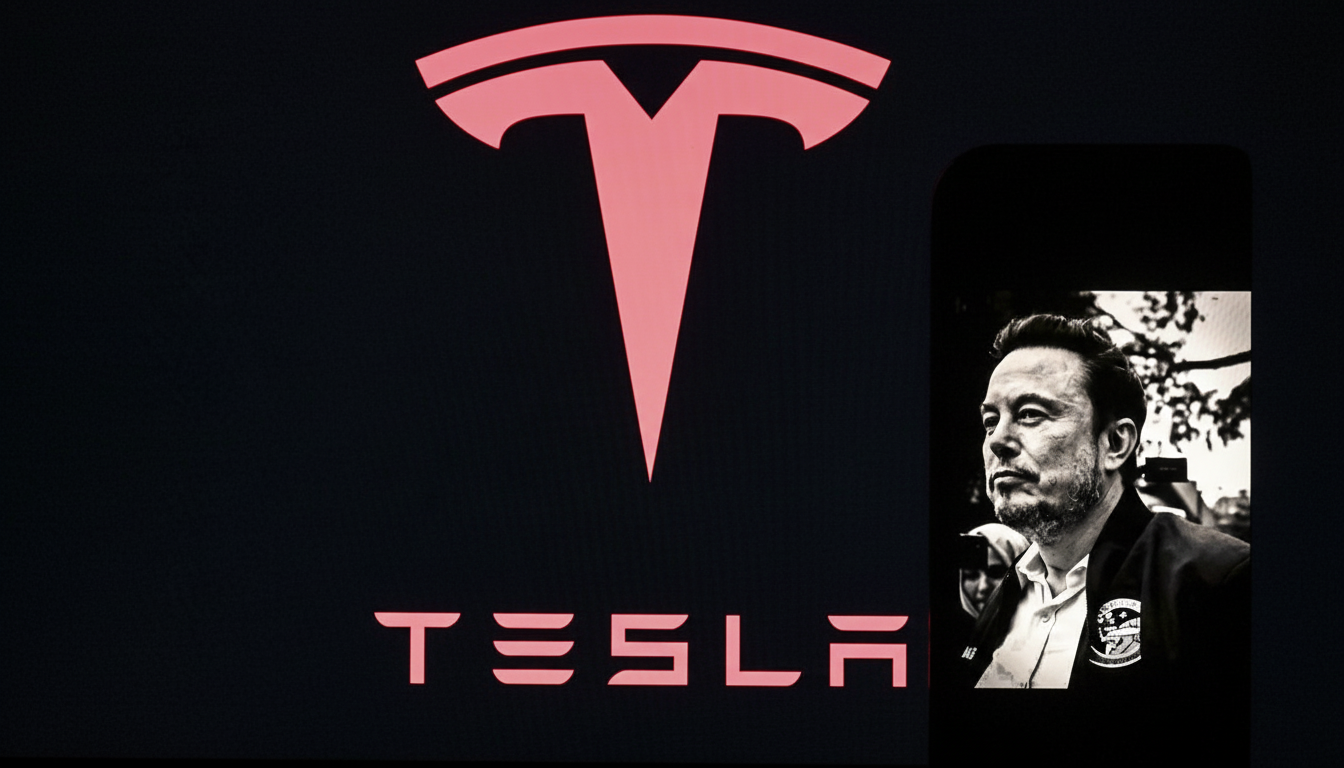Tesla’s latest quarter handed investors a jarring split-screen: Sales climbed, but profits plummeted. The electric-car company said net income tumbled almost 40% from the year prior, to roughly $1.4 billion, though revenue rose about 12%, to $28.1 billion, according to its quarterly shareholder update. Operating costs soared by almost 50%, a fast rate of growth that wiped out much of the benefit from higher deliveries.
Earnings snapshot: revenue growth amid margin squeeze
Tesla’s profit plunge is more dynamic than a straightforward growth story suggests. Revenue at the company improved from about $25.2 billion in the same period a year earlier, though last year’s net income amounted to about $2.2 billion — showing how cost inflation, price cuts and mix shifts are squeezing margins. The quarterly numbers, revealed in an investor presentation and 10-Q filing from Tesla, underscore a central tension: how to ramp up production while protecting margins in a hotter — and more price-conscious — electric-vehicle market.
- Earnings snapshot: revenue growth amid margin squeeze
- Price cuts and cost pressures bite margins
- Sales surge comes with an asterisk for future demand
- Regulatory credits cushion earnings but may fade over time
- Investment load versus near-term profitability pressures
- What to watch next as Tesla balances growth and profit

Price cuts and cost pressures bite margins
In the last year, aggressive list-price cuts have served to defend Tesla’s share in key markets at the expense of profitability. Analysts at Bernstein and UBS have highlighted the structural pressure on auto gross margin when discounts intersect with rising opex. Warranty provisions, logistics and factory ramp expenses also serve as sources of friction, especially when Tesla refreshes models and scales new programs. The bottom line: each vehicle saw a smaller contribution of profit than in past cycles, and the company’s expense base marched up faster than its revenue top line.
The firm has maintained that cost-down programs and manufacturing efficiencies will catch up, helped by platform simplification as well as software revenue over time. But those offsets take time to play out, and the latest quarter illustrates the short-term disconnect between aspiration and achieved economics.
Sales surge comes with an asterisk for future demand
Tesla handed over 497,099 vehicles in the quarter, a headline-grabbing figure that would usually translate to greater profits. Industry trackers at Cox Automotive and S&P Global Mobility, however, have flagged an end-of-quarter rush related to benefiting from incentive eligibility and dealer-level promotions throughout the EV sphere. That pull-forward dynamic can flatter volume in one period, while delivering a more challenging demand comparison for the next quarter.
If the spike was at least in part customers racing to secure much-needed savings while they were still available, maintaining such pace in the absence of similar drivers will be difficult. Look for signs of normalization in order intake, backlog and regional mix in the next report.
Regulatory credits cushion earnings but may fade over time
Regulatory emissions credits were once again an outsized factor. Tesla recorded roughly $417 million from selling credits to other automakers, a significant chunk of quarterly profit. The company has long warned that such revenue is unstable, and policy changes and better compliance at legacy manufacturers are projected to reduce this stream over time. Analysts from BloombergNEF and S&P Global have issued similar forecasts of a slow fade as competitors ramp mixed fleets and hybrids to hit targets.

That reliance matters. With operating margins compressing as pure costs keep rising, every dollar of those credits on the bottom line is being propped up — but it’s the least sticky lever in the model. The more Tesla can replace credits with high-margin software, energy storage and services, the stronger its earnings base gets.
Investment load versus near-term profitability pressures
Tesla is investing aggressively in autonomy compute, AI training, energy storage manufacturing and factory retooling — investments that were highlighted on the company’s earnings call. These investments are core to a long-term strategy, but they increase operating costs in the near term. The International Energy Agency, among others, and a number of Wall Street research desks have observed that EV leaders face a capital intensity hump as they change gears and move to next-generation platforms and software-defined vehicles.
Nor is the competitive backdrop improving. BYD continues to push on price in China, while its global rivals have also had to turn toward hybrids to meet demand where charging stations are still scarce. That leaves pressure on Tesla’s pricing power at just the moment its cost base is ballooning, a difficult combination for margin repair.
What to watch next as Tesla balances growth and profit
Three metrics are likely to loom large in the next quarter:
- Automotive gross margin ex-credits
- Order intake vs. deliveries
- Magnitude of regulatory credit revenue
Stability in margins would indicate that the cost cuts and mix improvements are catching on. A strong order book with no incentive tailwinds would be an affirmation of underlying demand. And a less erratic and smaller credit contribution would suggest a cleaner earnings profile.
For the moment, the storyline is straightforward: Tesla showed that it can still move metal at scale, but doing so — along with skimpier pricing and a declining credit tailwind — was enough to drive profits lower by almost 40%. Reversing that will take margin discipline, durable software and energy revenue instead of one-off boosts.

